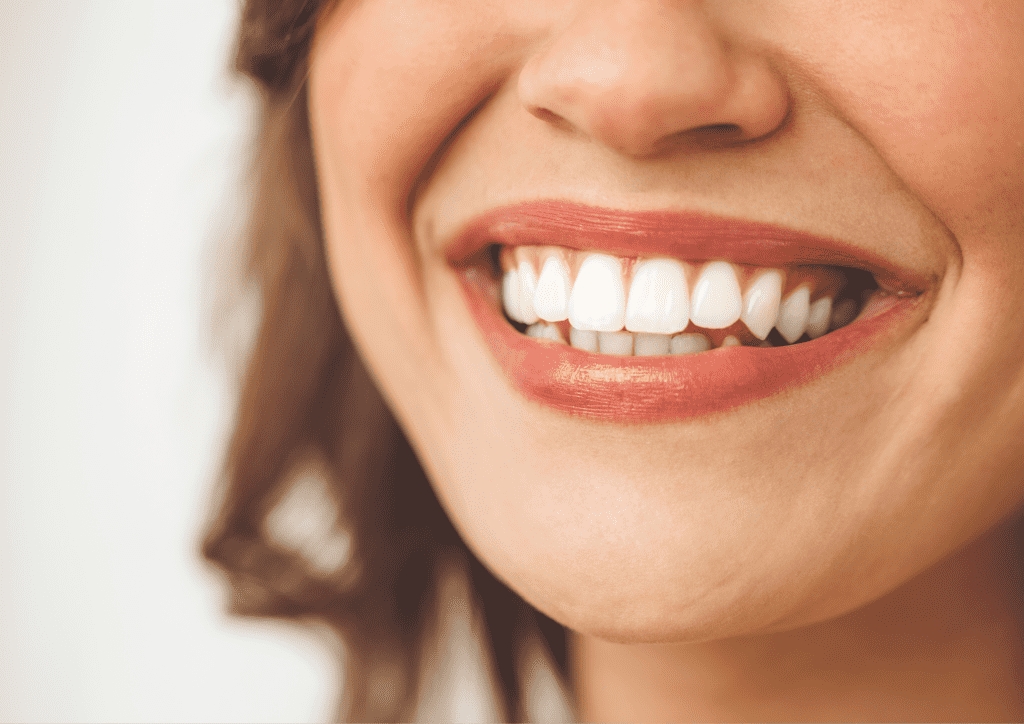Flossing is an essential part of your oral health routine but sometimes we struggle to understand if we are flossing correctly. When we floss, we are able to get into the hard-to-reach spaces that we are unable to clean effectively with our toothbrush. Not only that but by flossing we are reducing the number of harmful bacteria in our mouth which has been proven to be linked to heart disease. This then proves that not only does flossing save your teeth, but it in turn could save your heart.
How do you know if you are flossing correctly? Follow these helpful tips and tricks and you will be flossing like a pro.
When should I floss?
It is important to make sure that you are flossing before you brush! If you floss after you brush all the bacteria and plaque that you have pulled from your teeth will stay in your mouth overnight and can cancel out the entire process.
How do I floss without irritating my gums?
First thing is first, be gentle. When you floss aggressively you have more of a chance of jamming the floss into your gums and causing irritation. The best way to do it is to be gentle, slide the floss up and down the side of the tooth and move onto the next one. Repeat this process.
Why am I seeing blood when flossing?
If you are seeing blood when you floss, you should book an appointment to come and see us.
When you haven’t flossed for a while, it can be normal to see a little bit of blood on your gums, if you have seen blood on a few different occasions then you may be flossing too aggressively. But if you are seeing blood every time you floss it can be a sign of a bigger issue, in some cases, gum disease. We highly recommend that if that is happening to you to book an appointment and come and visit us, so we can help you determine what is going on.
How much floss should I be using?
It is recommended that you should use around 45cm of dental floss; it is important to note that you should be moving on to a clean section of the floss every time you move onto another tooth. If you are still using the same part of the floss, then you are simply spreading more bacteria around your mouth rather than cleaning it. This also accounts for other flossing tools as well.














